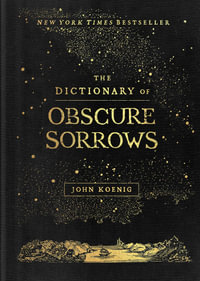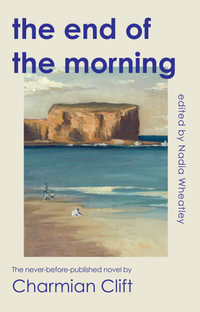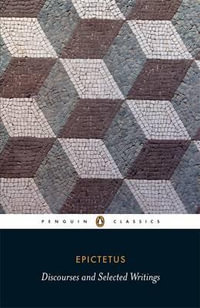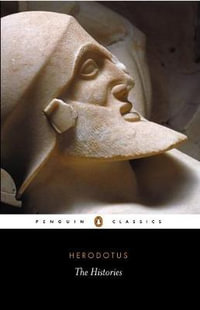Marketing + Promo:
National, regional, and subject-specific print features, excerpts, review coverage, broadcast and television interviews
Publicity and promotion in conjunction with author's speaking engagements
Pre-order campaign targeting booksellers via social media + newsletters
Outreach to subject-specific organizations, markets and festivals
Excerpts available
Electronic ARCs
Media + Publicity contact: james@full-complement.com
Social Media + Foreign Rights contact: grace@rmbooks.com
Key Selling Points:
Unique Structure: The essays unfold across five chapters, each aligned with a season, providing a distinctive thematic journey from winter to winter. This structure allows readers to experience the changing landscapes and emotions throughout the year.
Diverse Perspectives on Winter:
Winter is explored through four captivating narratives, each delving into different aspects of life in a mountain town. From tracking pine martens to contemplating the complexities of human existence, the winter narratives promise a rich and varied exploration of the season.
Blend of Nature and Philosophy:
The author seamlessly weaves together observations of the natural world with philosophical reflections. Themes such as the function of human existence, the importance of observation, and the challenges of writing about nature add depth and intellectual engagement to the narratives.
Cultural and Historical Context:
The inclusion of stories like ""Father to the Man"" and ""Flood"" provides a historical lens, examining how Europeans perceived nature and the role of Banff National Park in shaping these perspectives. This adds a layer of cultural and historical relevance to the memoir.
Exploration of Romanticism:
The second chapter, ""Spring,"" serves as an inquiry into the problems of Romanticism. This intellectual exploration offers a nuanced understanding of the relationship between humans and nature, challenging traditional notions and inviting readers to reconsider their perspectives.
Personal Reflections:
Interspersed with broader themes are personal reflections, such as ""How like a Widow,"" offering readers an intimate connection to the Town of Banff. The exploration of names and history adds a human touch, making the narrative relatable and emotionally resonant.
Summer Stories:
Moving into the Summer chapter, the narratives ""Nothing"" and ""Lake McArthur"" delve into topics like generational migration and personal memories. These stories provide a contrast to the winter narratives, showcasing the diversity of experiences in a mountain town.
Exploration of Love and Loneliness:
The concluding winter narratives, ""Love in the Time of Mantises"" and ""Ships like Mountains; Mountains like Clouds,"" delve into themes of love and loneliness. This emotional depth adds a universal appeal, inviting readers to connect with the human condition through the lens of nature.
Synthesis of Lyrical and Scientific:
In response to a growing trend in nature writing, Amal's essay writing successfully marries the lyrical with the scientific. By blending ecocriticism with poetic expression, the book offers a unique narrative that appeals to both lovers of science and poetry.
Cultural Perspective:
As a Syrian immigrant, Amal brings a fresh and unique perspective to the landscape of Banff National Park. The memoir seeks to fill a void in literature by presenting Banff as a place of home rather than a mere tourist destination, contributing to a more diverse and inclusive representation of the town.
Author's Background:
Amal's personal journey as a Syrian writer who relocated to Banff adds authenticity to the narrative. His academic background in Creative Writing and ongoing pursuit of an MA in English Literature underscore his commitment to exploring the poetic in the scientific and fostering a deeper understanding of the natural world.
Solitary Writing Retreat:
The collection gains a layer of authenticity as it is written from a cabin in the woods where Amal lived alone for three years. This solitude brings a unique and immersive quality to the storytelling, allowing readers to feel the intimacy of the author's connection to nature.
























